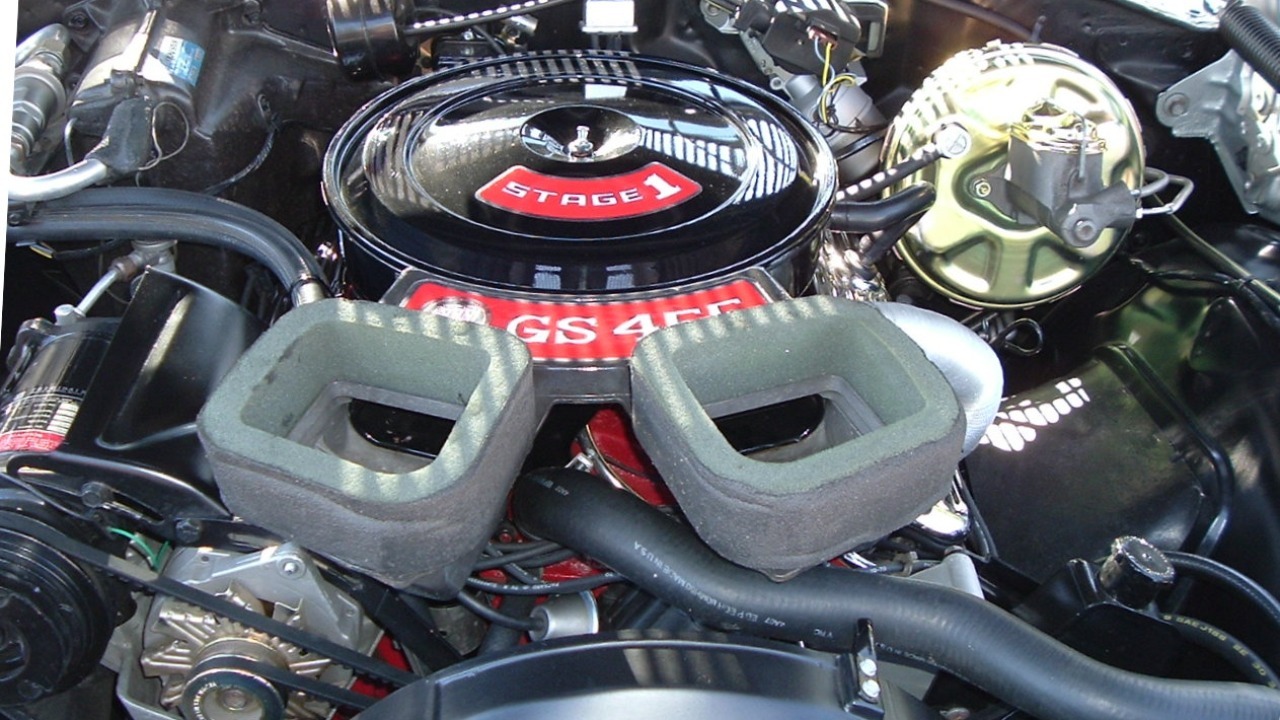
Chevrolet’s Big Block V8 engines, affectionately known as “Rat Motors,” have a storied history rooted in the high-performance automotive engineering that transformed muscle cars and hot rods. The term “Rat Motor” emerged from mid-20th century drag racing culture, and the engines’ influence continues to be a topic of discussion, as seen in recent analyses and drag racing events featuring vehicles like a 1945 Chevy Rat Rod Truck powered by an all-motor BBC.
The Birth of Chevy’s Big Block V8
The development of Chevy’s Big Block V8 engines was a response to the growing demand for higher horsepower in full-size cars and trucks during the 1960s. The initial displacement size of these engines started from 396 cubic inches, a testament to Chevy’s goal of creating engines versatile enough for both street and racing applications. These engines were integrated into models like the Corvette and Impala, marking significant milestones in automotive engineering.
Why “Rat Motor”? Unpacking the Nickname
The nickname “Rat Motor” has its roots in drag racing circles, where the engines’ scrappy, high-revving performance was likened to the tenacity of urban rodents, as detailed in recent reporting. There are also theories suggesting that the term “rat” was used as slang for modified or junkyard-sourced parts. Despite its unofficial origins, the nickname gained traction among enthusiasts and continues to be used more widely than the official Chevy terminology.
Evolution of the Rat Motor Lineup
Over time, the displacement of the Rat Motors expanded to 427 and 454 cubic inches. Modifications to the bore and stroke boosted the output to over 400 horsepower in factory tunes. Variants like the L88 high-performance package were introduced for racing, featuring specific compression ratios and carburetor setups. The Rat Motor lineup saw phase-outs and revivals, including a return in the 1990s in the form of crate engines, with material changes like aluminum heads introduced for weight reduction.
Rat Motors in Drag Racing Heritage
The performance of Rat Motors in drag racing is exemplified by a 1945 Chevy Rat Rod Truck that used an all-motor BBC in a race against a compound turbo-equipped ‘68 Chevelle, as reported in race coverage. The ‘68 Chevelle’s compound turbo setup served as a contrast to the Rat Motor’s naturally aspirated strengths. Rat Motors also had a significant impact on NHRA class races, dominating Super Stock divisions through the 1970s with unmodified factory blocks.
Comparisons to Rival Big Blocks
When compared to other big-block engines like Oldsmobile’s, which earned the nickname “Hairy Olds” for a revised version ready for heavy hauling according to a 1987 feature, the Rat Motor holds its own. Both engines offered 455 cubic inch options, but Chevy’s Rat Motor had a taller deck height for better breathing, while Olds’ engine had a shorter stroke for torque. In hot rodding circles, Rat Motors often outperformed Olds in swap meets due to better parts availability.
Modern Legacy and Rat Motor Revival
The legacy of the Rat Motor continues in the post-2000s era with the resurgence of crate engines, including LS-based hybrids that pay homage to the original Rat Motor designs without altering the core architecture. Enthusiast builds incorporate Rat Motors into restomods, preserving 1960s-era blocks with EFI upgrades for emissions compliance. The term “Rat Motor” continues to evoke nostalgia in ongoing forums and events, as seen in etymology discussions from October 31, 2025.
More from MorningOverview